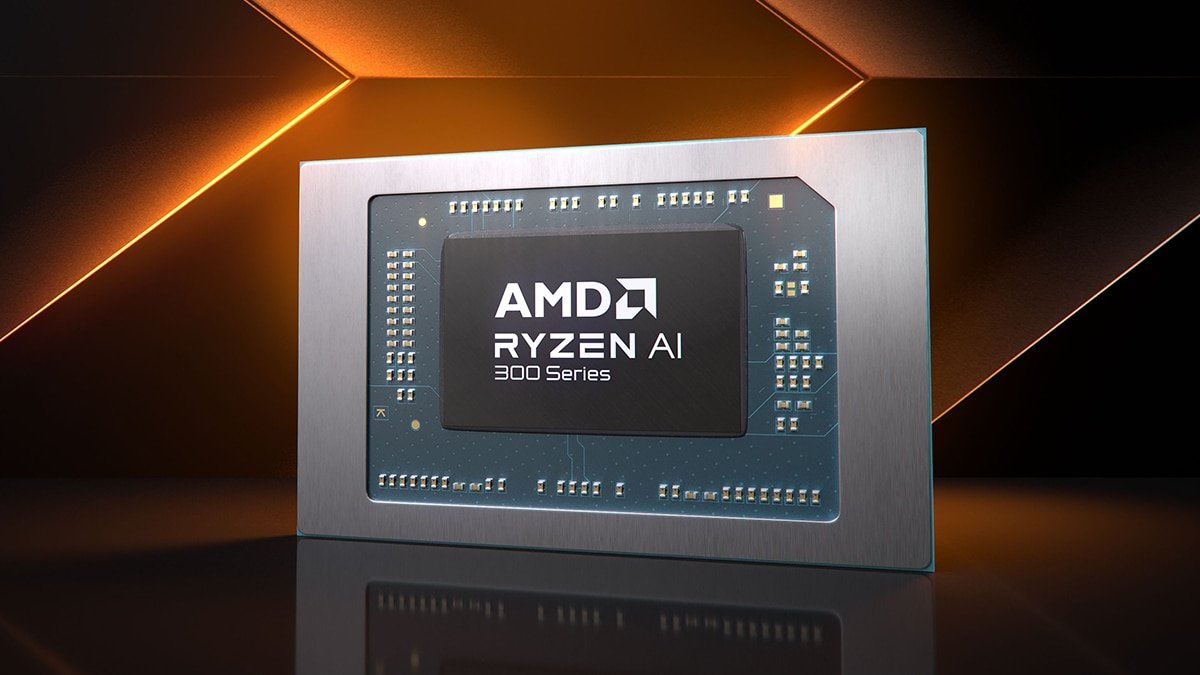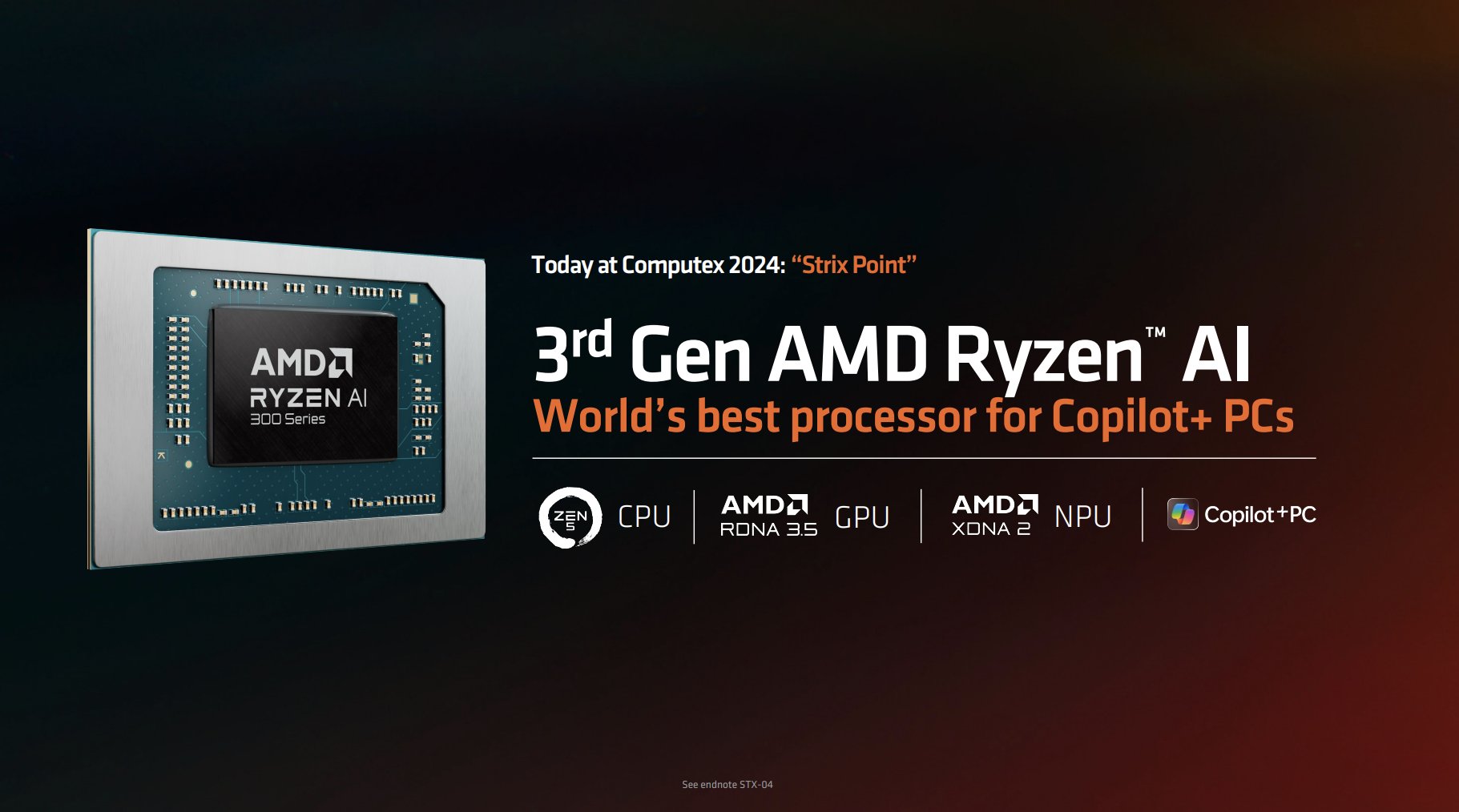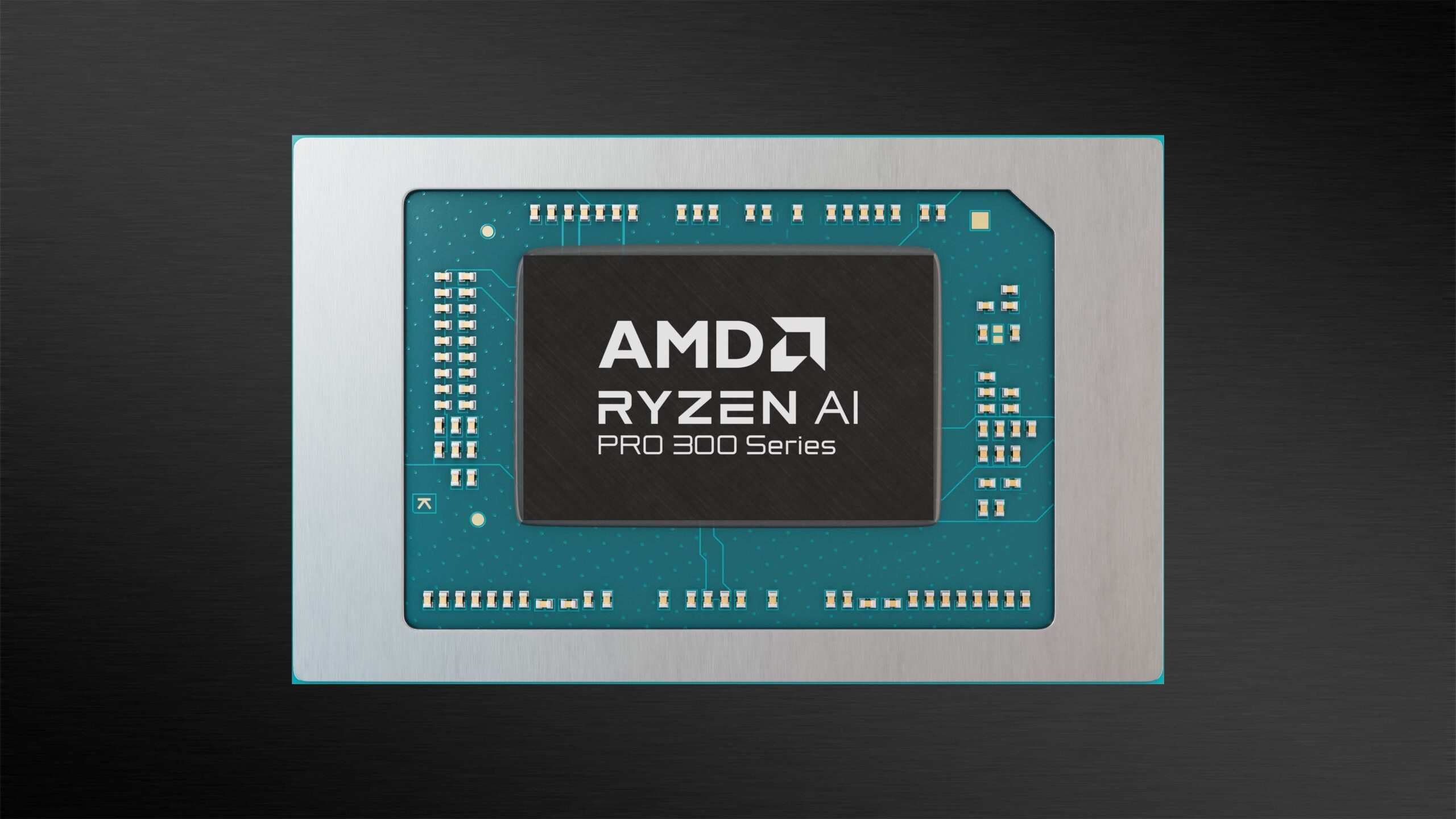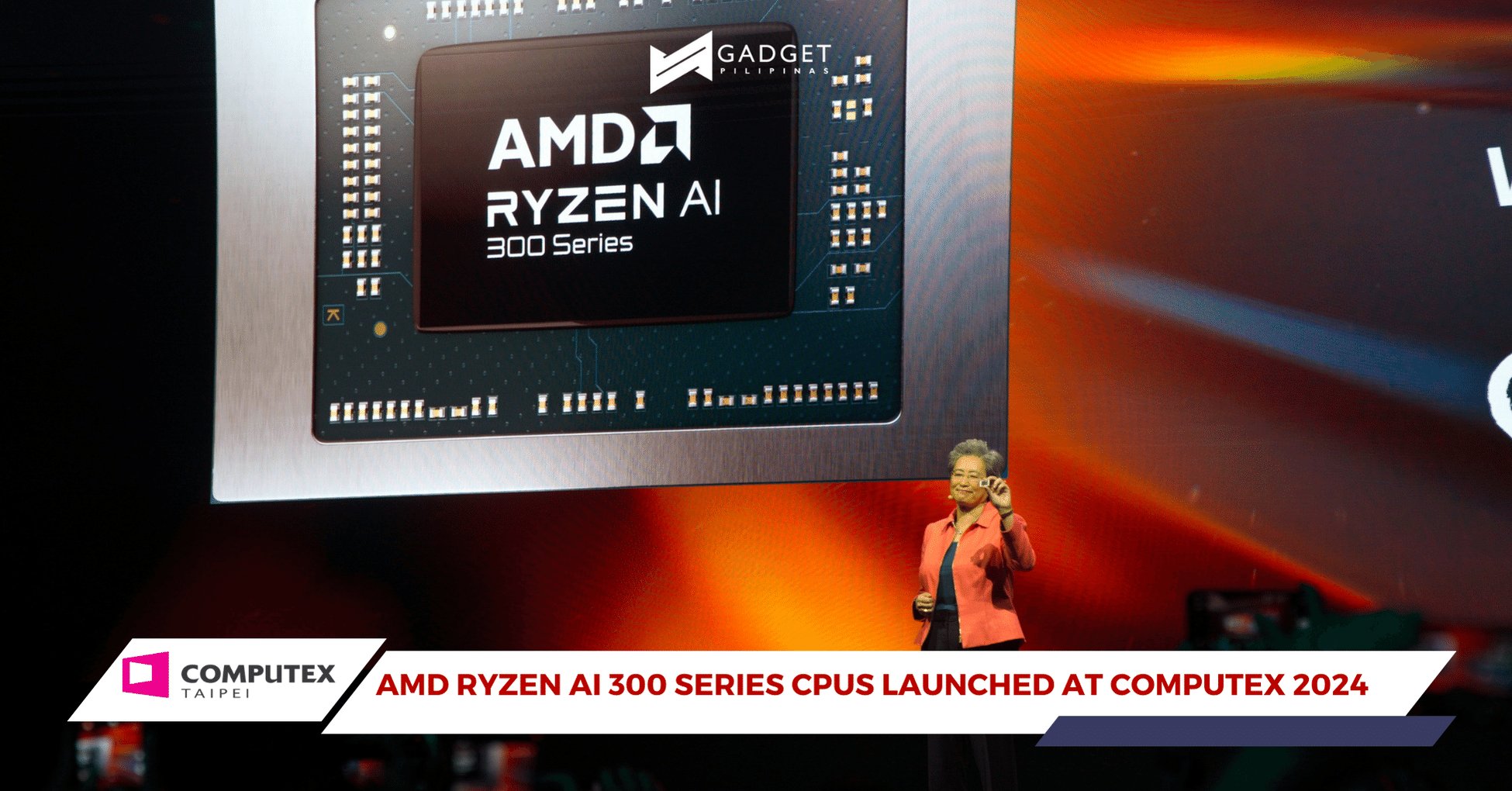The era of the AI PC is no longer a distant promise, but a rapidly unfolding reality. AMD’s new Ryzen AI 300 series isn’t just another incremental upgrade; it’s a bold declaration of intent for the future of mobile computing. These chips are poised to redefine what we expect from our laptops, from creative workflows to everyday interactions.
AMD has thrown a curveball with its new naming convention, but the message is clear: AI comes first. The Ryzen AI 300 series, codenamed “Strix Point,” represents a fundamental re-architecture of AMD’s mobile offerings, built around three pillars: the new Zen 5 CPU cores, RDNA 3.5 integrated graphics, and a monstrously powerful XDNA 2 Neural Processing Unit (NPU). This isn’t just about making spreadsheets run faster; it’s about enabling a new class of applications that run intelligent tasks locally, efficiently, and privately.

At the heart of the series is the NPU, which delivers a staggering 50 TOPS (Trillions of Operations Per Second). This figure isn’t just for bragging rights; it comfortably exceeds the 40+ TOPS requirement for Microsoft’s demanding Copilot+ PC experiences. This means features like real-time translation, advanced photo and video editing with generative AI, and more responsive digital assistants can run directly on your laptop without a constant-and often slow-connection to the cloud. This is a game-changer for both privacy and performance, unshackling AI from the latency of the internet.
Of course, a powerful NPU means little without a solid foundation. The Zen 5 CPU architecture provides a significant generational uplift in traditional performance. AMD is promising a healthy IPC (instructions per clock) improvement, which translates to snappier responsiveness in everyday tasks and more muscle for heavy workloads like video encoding and software compilation. Flanking the CPU is the new RDNA 3.5 integrated graphics. This isn’t just for running your display; it’s a remarkably capable iGPU that promises to make 1080p gaming on a thin-and-light laptop a genuinely enjoyable experience, potentially rivaling entry-level discrete graphics cards from previous generations.
The biggest question surrounding the Ryzen AI 300 series isn’t about its capability, but its utility. The hardware is undeniably forward-thinking, but its true value proposition is intrinsically tied to the software ecosystem. We are at the dawn of the AI PC era, and while the potential is immense, the “killer apps” that fully leverage 50 TOPS of NPU power are still emerging. Early adopters will be investing in a platform built for tomorrow’s software, which may involve a period of waiting for the applications to catch up to the hardware’s full potential.

Ultimately, the AMD Ryzen AI 300 series is a confident and powerful stride into the future. It provides exceptional conventional performance through Zen 5 and RDNA 3.5 while offering a class-leading platform for the next wave of on-device AI. For those who want to be on the cutting edge and are looking for a premium laptop that won’t feel obsolete in a year, these chips make a compelling case. They represent a bet on the future of computing—a future that feels closer than ever.

Where to Buy:
https://www.amazon.com/s?k=AMD+Ryzen+AI+300+Series+CPUs&tag=cp01a-20

AMD Ryzen AI 300 Series CPUs Quick Summary
Key Scores:
-
Value:
85% -
Design:
90% -
Performance:
92% -
Quality:
90% -
Popularity:
88%
Top Pros
- ✅ NPU performance enables powerful, next-generation on-device AI features.
- ✅ The new Zen 5 core architecture delivers a major CPU uplift.
- ✅ RDNA 3.5 integrated graphics are a huge leap for laptop gaming.
- …
Key Cons
- ❌ The new naming scheme could be initially confusing for consumers.
- ❌ Its full AI potential depends heavily on future software adoption.
- ❌ Laptops with these top-tier chips will likely command a premium.

















